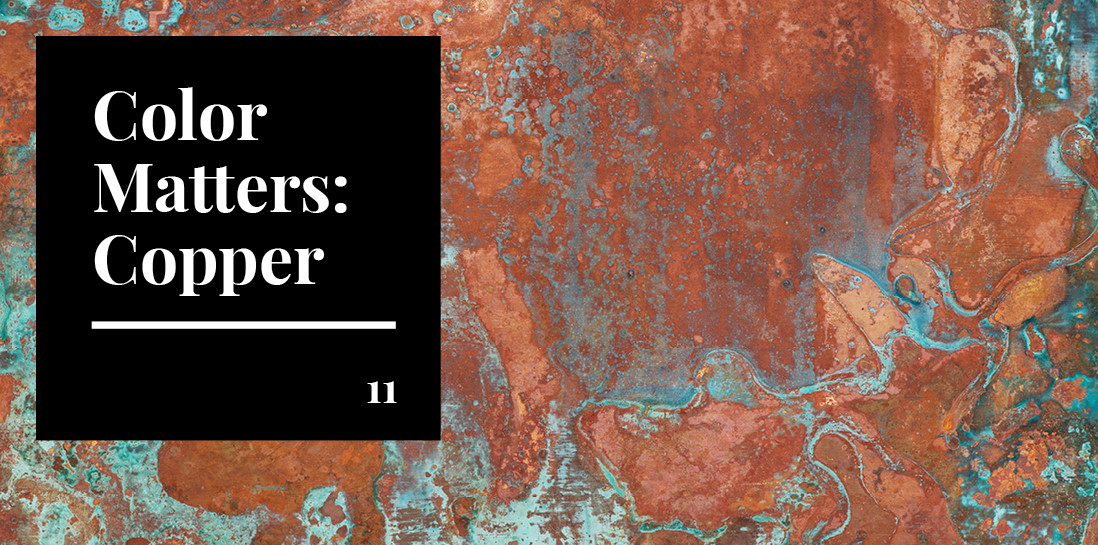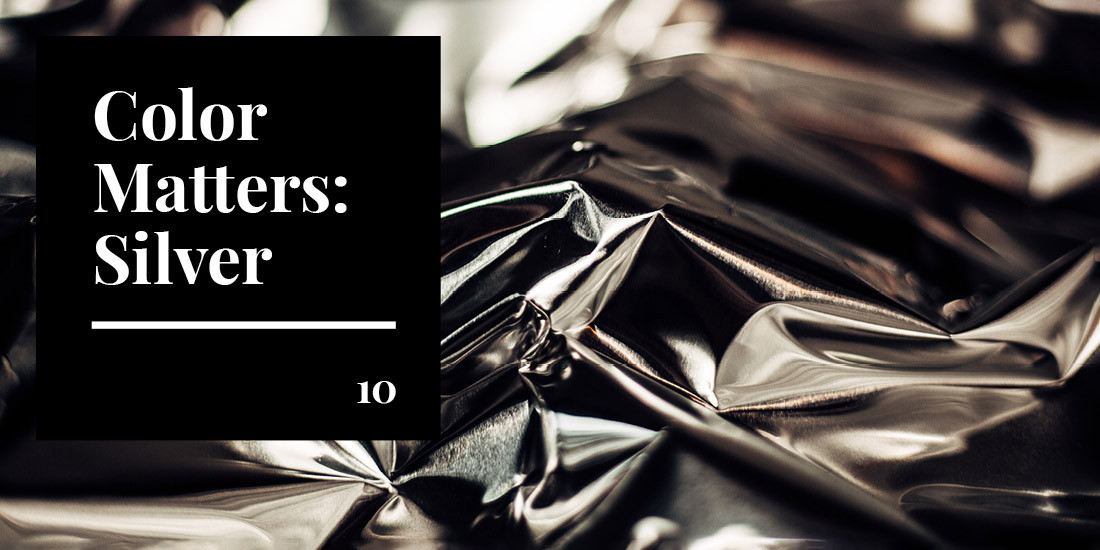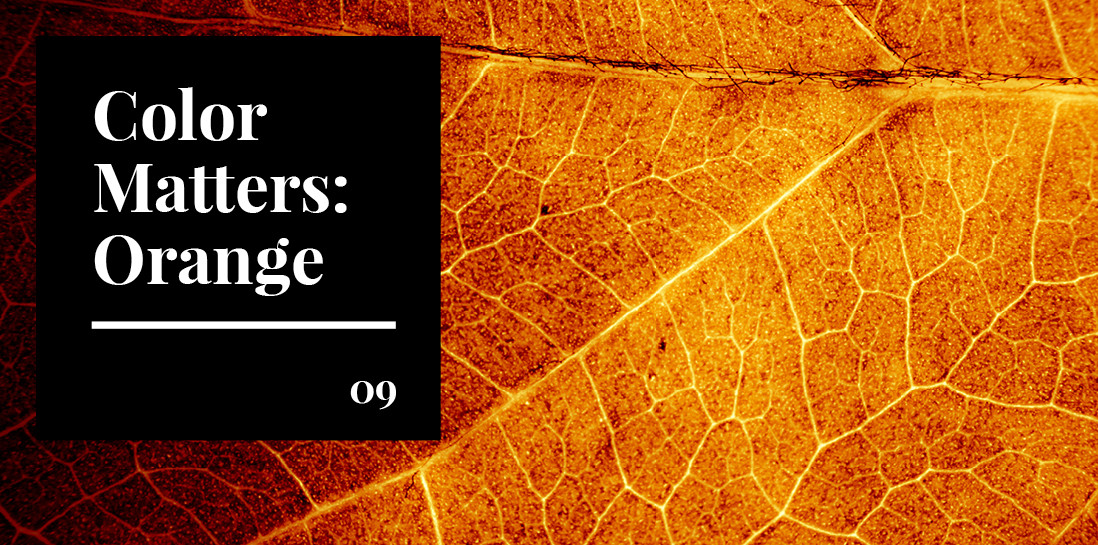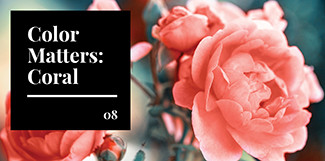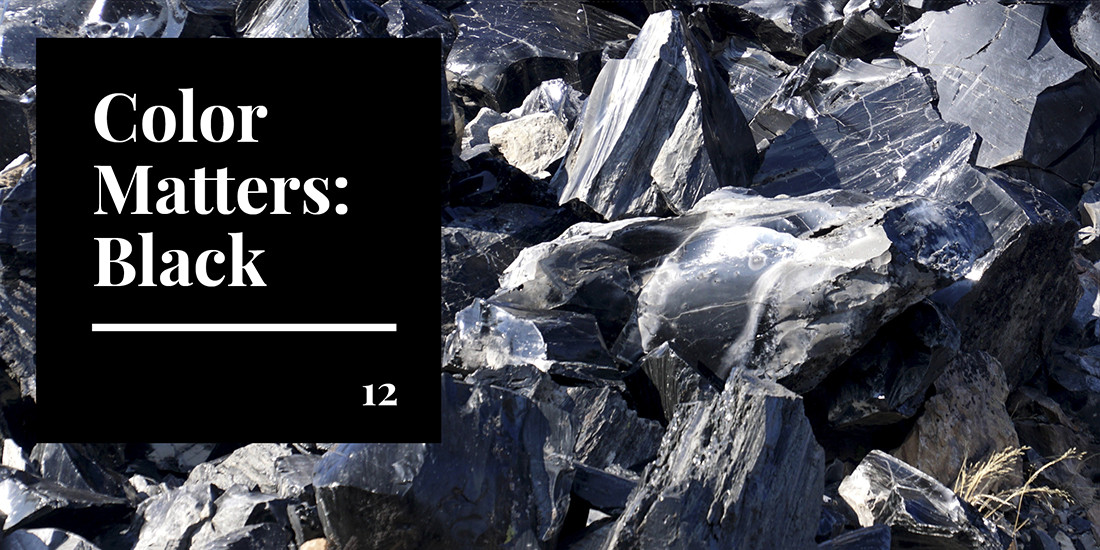
In the beginning, there was black.
Most creation stories begin with this: unending blackness, a void. Then, out of this void came everything.
So is the color black absence—or just the beginning?
Black as a beginning
Nothing is black; really, nothing is black. - Frida Kahlo
Scientifically speaking, black isn’t a color, but rather the absence of any color. Black is achromatic—meaning that can’t be found in the spectrum of colors that appear in a rainbow.
In 1913, Russian painter Kazimir Malevich used black to make a statement with his daring Black Square. The solitary black square (you guessed it) in the center of a white canvas symbolized Malevich’s desire to create a new beginning for art. His careful placement of the painting on the gallery wall was also symbolic—placed high in the corner, a place traditionally reserved in the home for paintings of Russian Orthodox icons.
For Malevich, black was the perfect beginning.
Black as an ending
I see black light. - Victor Hugo, supposed last words
Perhaps because of its association with darkness and night, the color black carries connotations of death. As black darkness silently closes the day, empty black is what many believe awaits the end of life.
As far back as ancient Egypt, the color black has been associated with the god of death and the afterlife. The Egyptian Book of the Dead describes the underworld as a night that never ends: “It is deep, unfathomable, it is black as the blackest night, and men wander helplessly therein.”
For those who mourn, black perfectly captures the hopelessness and fear of losing a loved one. We owe the popular phrase “jet black” to the Victorians, who elevated funerary dress to a morbid art form. After Prince Albert’s sudden death, Queen Victoria decked herself in jet jewelry, a type of organic coal polished into a brilliant shine. The Queen dictated the height of fashion and sparked a sartorial mania for wearing jet that lasted into the late 1800s.
Black as night
What hath night to do with sleep? - John Milton
Throughout history, many believed the black of night was a perfect cover for all manner of unholy things. Ater, the Latin word for “black,” refers to a malevolent, matte color—the root of the English word atrocious. Black, the color of dried blood and smoke, was synonymous with cunning, evil, and the dark arts. During medieval times, ravens and black cats whispered of witchcraft and ritual, and Germanic warriors were said to drink the blood of crows before battle to give them strength and bravery. The Bubonic Plague, better known as the Black Death, wreaked havoc and decimated the world’s population.
Negative connotations worked their way into the English language: blackmail, black humor, black market, the “black dog” of depression.
But if black is an ill omen for some, for others it conveyed wisdom and power. The Norse god Odin’s distinctive companions, two glossy black ravens named Huggin and Muninn, traveled the world gathering information to make him omniscient. The Greek god Apollo and Celtic god Lugus, too, preferred the raven’s wise company. In Japan and the UK, black cats crossing one’s path are not an ill omen, but rather a sign of good luck. And the ancient Chinese thought black ink encapsulated every color in nature.
Basic black
When I find a colour darker than black, I'll wear it. But until then, I'm wearing black! - Coco Chanel
Once a symbol of mourning, black clothes evolved a ubiquitousness: whether at a funeral, boardroom, or nightclub—a little black dress or a black suit is always in style. Anything said to be in vogue is “the new black”—something universally popular or accepted. Since 2014, there really is a new black: Vantablack, a man-made material developed from carbon nanotubes that absorbs 99.965% of visible light. In a room painted Vantablack, you’d never even know there were walls.
Black in culture
Being black means embodying a myriad of colors, cultures, wisdom, struggles, experiences, and joy by just existing, and doing so with pride. It means wearing a collective history on your skin and bringing ancestral resilience and power to everything you do and experience. - Amber Quiñones
In recent days, the Black Lives Matter movement has made headlines and waves across the world, using the color black to rally millions in support of racial equality. Black is both a color of unity and a statement of diversity. Black heralds the beginning of a more just, kind world.
Black in nature
There’s something about black. You feel hidden away in it. - Georgia O’Keeffe
Though black night inspires fear in some, it also comforts others. Velvety midnight sky surrounds and hides, creating rest for the eyes and senses.
And if night is black, then so are the vast majority of creatures that hunt in it. In the animal kingdom, both predator and prey exist in dazzling shades of black—from bats and bears to spiders and snakes. Although organic coal, obsidian, basalt, and carbon are easy to find, softer organic materials like flowers simply don’t exist in nature. Most that appear black, like tulips and dahlias, are truly a dark shade of purple.
Black in design
I’ve been 40 years discovering that the queen of all colors was black. - Pierre-Auguste Renoir
Despite technically being the absence of color, black exists in plenty of shades: ebony, sable, midnight, jet, charcoal, coal, onyx, and pitch (“pitch-black” was coined by Homer in The Iliad). Black is synonymous with elegance, sophistication, power, and effortless cool. But it can also seem austere or severe.
Black is the universal neutral—neither warm nor cool. As such, it stands strongly on its own in design or complements any conceivable color. Black’s dependability is the gold standard for inconspicuous wealth (think automotive, technology, or financial brands) and more masculine brand personas.
Pair black with white for a timeless, striking combo (we might be a little biased) or red for a sophisticated, powerful edge that can easily dip into seduction or menace. Paired with a bright yellow or pink, black becomes youthful, irreverent, even rebellious—a great fit for fitness, fashion, or entertainment applications. We like to complement black with warmer shades like eggplant, rose, or beige to soften its harsh edges—perfect for feminine brand personalities.
If color matters, then the absence of color—black—matters, too.
